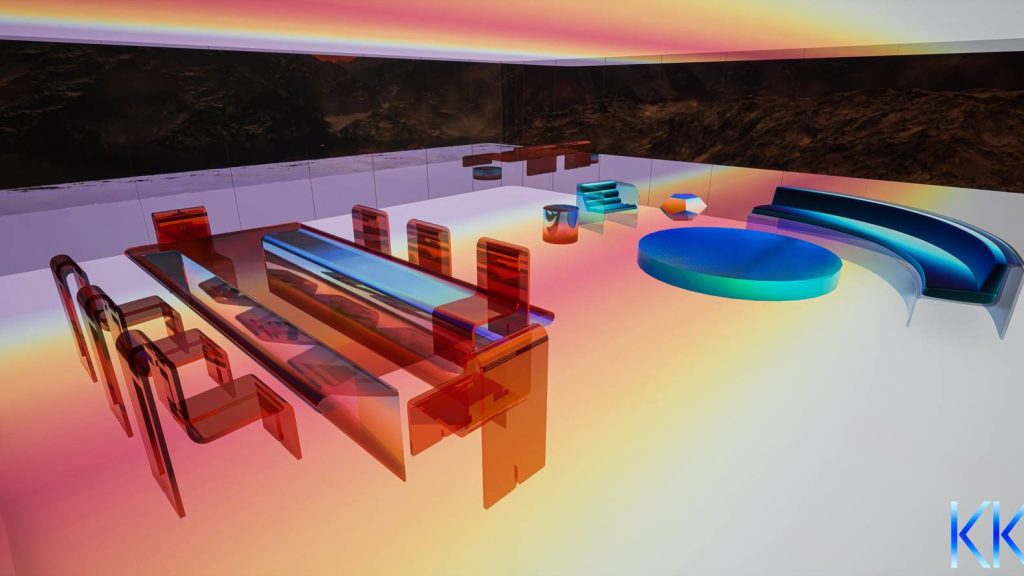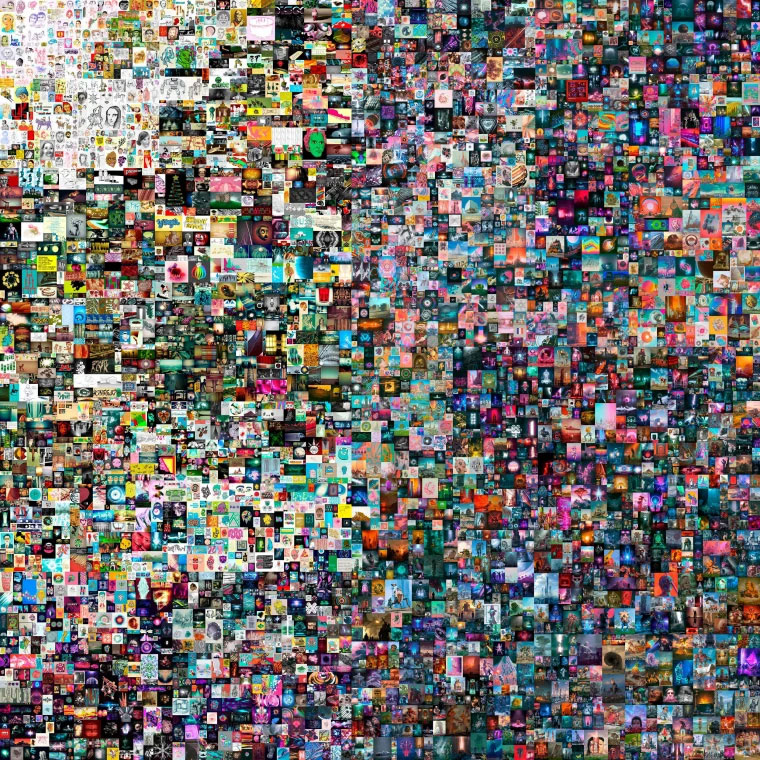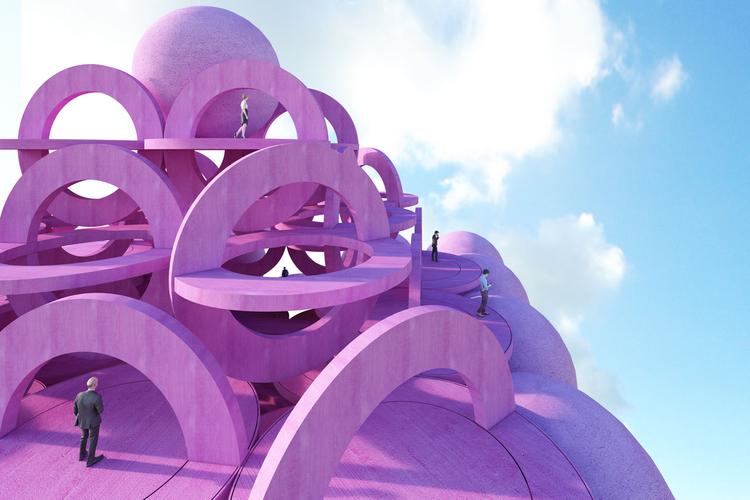Have you ever wondered about owning your favorite skyscraper or a landmark that you enjoyed strolling in? What about a residence that opens up to a scenic view or one that is placed on another planet?
Well, the latter was the case of Krista Kim, who envisioned and conceptualized the geometric modeling of a house on Mars. The translucent surface of the form and furniture of which was described by Krista as a light sculpture.
But this sculpture of a house wasn’t expected to be constructed soon enough into reality. It was designed to be later sold as a digital artifact or an NFT, to be more precise, for about $500,000.
Yes, you’ve read this right! The product that was sold for over half a million dollars was the first ever digital house to be sold as an NFT. Meaning that now there was a chance for designers and architects to put out their digital models and renderings online to be sold. But, if you are similar to any of us, you might still be wondering, what exactly is an NFT, and how would it help us as architects amass such a fortune.
What are NFTs?
NFT, abbreviated for Non-Fungible Token, is a unique digital asset that is encrypted with a certificate of ownership for that specified digital file. In the case of architecture, these digital assets are software renderings or the 3D model of a structure. Every digital asset has a “hash” value which is a unique combination of alphanumerics, that decodes the basic information of the file. These include the name of the current owner, the name of the artist who created the data, the general description of the asset, the location where the asset is stored, and possibly much more.
NFTs are based on blockchain technology, which decentralizes the role of a mediator (like banks for the transaction of tangible money), and instead stores the information of all the transactions on a digital ledger, which makes the exchange transparent and secure. This unalterable record of information not only accounts for the easy and safe transfer of authority but also as the information keeps on stacking up, contributes towards generating an unhealthy amount of carbon footprint in the world, of which the critics might not be found. But for artists and designers like Krista Kim, the role of NFTs has been quite benign, allowing them to expand their ideas into the unknown world of virtual reality and experiment with them.
How are NFTs affecting the lives of architects
The role of NFTs in architecture is quite nascent, allowing for the users to have some perks, such as-
Facilitating the trade of certified digital ownership of architectural designs and 3D models. Allowing for the creation of digital transposition of actual, tangible buildings for virtual tours that would also allow for remote maintenance and help with generating redevelopment plans.
Treating valuable pieces of architecture like digital collectibles that can be bought, sold, or traded like digital assets.
Initiating one’s contribution to the Metaverse, aiding interactions in a virtual environment. Promoting conservation of architecture in a futuristic digital economy.
What are the risks associated with NFTs in architecture?
To begin with, the process of creating, trading, and managing NFTs could be quite a complex one. With the involvement of technical and legal concepts, it becomes challenging for some architects and clients to work their way through the problem. Secondly, with the high prices of gas fees required to regulate the transfer of ownership and to sustain the platform, the world of NFTs has become quite cost responsive and exclusive for clients with a high valuation. This makes them less accessible for smaller architectural firms and individual architects.
Being specific to certain blockchain platforms, such as OpenSea and Coinbase, NFTs are only accessible to a selective audience, making the digital asset exclusive to be bought from buyers and collectors. The NFT market is still in an experimental stage and goes through unpredictable fluctuations. Further, the process of regulating the blockchain network, also known as mining, requires a large amount of electricity to power the network of computers. Blockchain technology, being energy intensive, affects the environment critically, particularly if the energy required is generated with the help of fossil fuels.
Case in point
An early example of artists and designers making a fortune off of selling their digital creations as NFTs was with the Argentine artist Andrés Reisinger who gained immense popularity with the auctioning of his 10-piece set of furniture that sold for about $450,000 at ‘The Shipping’.
The world has already known Andrés for the surreal renderings that he posted on his Instagram account, amassing a massive audience to view the digital collection of his masterpieces. The digital pieces sold at the auction had the prominence of interacting with the surrounding environments or on any open world including Decentraland, Somnium Space, and even Minecraft. They could also be used in virtual and augmented reality applications, where they could be used to create games, animations, and CGI movies.
As said by Reisinger himself, “This is a new way, a complementary way to continue growing our careers and businesses,” hinting towards the immense possibilities that the world of NFTs has to offer.
In conclusion, the role of NFTs in architecture is quite a combination of either unimpressed disapproval or passionate liking. Although in its early stage of development, the success of NFTs in architecture depends on mass acceptance and liking.


























Leave a comment